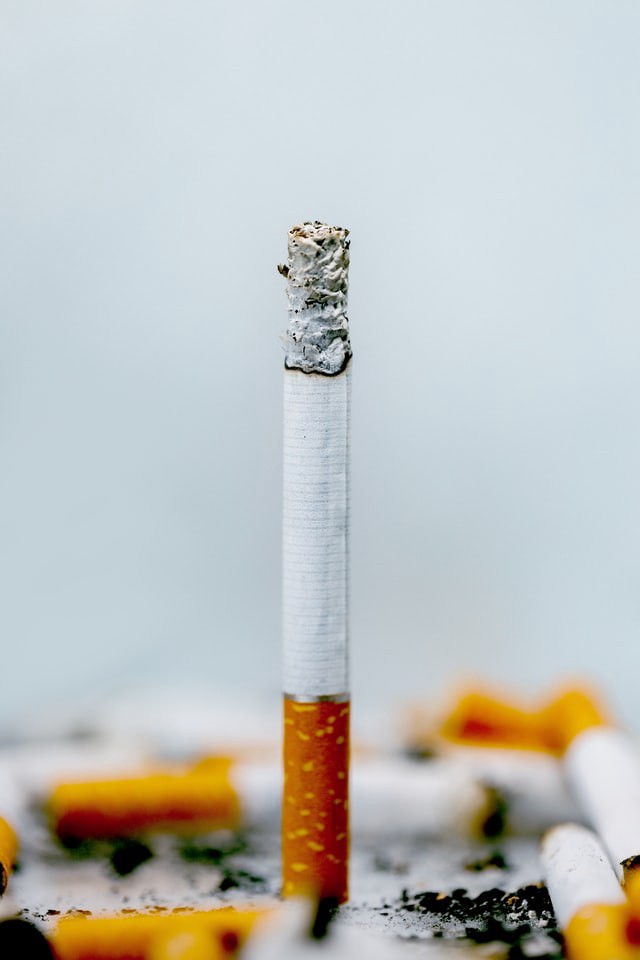With the reignited Cancer Moonshot Plan in motion, the Biden Administration is working to deliver on a promise made well before it took office. As vice president, Biden first put cancer at the forefront of public health in 2016. Today, he has even created a dedicated Cancer Cabinet to explore new ways to treat, diagnose, screen, and prevent cancer.
Biden is giving the FDA a sizeable war chest to back the project. A substantial chunk of the hefty $8.4 billion budget earmarked for cancer funding, it’s a step toward Biden’s ultimate goal: cutting the rate of cancer death by half in the next 25 years.
Finding a Balance
Cancer funding isn’t spent equally. One of the criticisms levied at the project is the relatively small percentage toward preventative efforts. It’s taken a combination of prevention and innovative new treatments to lower the cancer death rate by roughly 25% over the past two decades. In many resorts, Biden’s plan focuses on expensive treatment research rather than more cost-effective prevention methods.
Priority 1: Smoking Is Cancer
One of the most effective ways to reduce the number of cancer diagnoses is to reduce smoking rates. In 2019, 12.5% of adults identified as smokers. That equates to roughly 30.8 million Americans who spoke, with more than half (16 million) living with a disease caused by smoking. The number of smokers in the US increased by 2021, up to 14% of all American adults.
30% of the more than 600,000 cancer deaths in the US are related to smoking. 1–2% fluctuations can account for tens of thousands of lives lost that could have been prevented.
Priority 2: Access to Care
In 2020, roughly 28 million people did not have health insurance. The number of children living in poverty without access to care increased 1.6% during the year to 9.3%. Lack of routine preventive medical attention leads to premature death; according to one study, 26,000 Americans per year die because they lack healthcare. Earlier studies put the number as high as 45,000, more than twice the number of Americans murdered each year.
Focusing on prevention improves the quality of life by increasing access to healthcare and reducing the risk of other diseases that contribute to cancer, heart disease, and high blood pressure. The Cancer Moonshot as written can make a dramatic difference in the lives of many Americans, but it’s not enough. We need to make access to care and access to healthy foods a keystone investment in future public health budgets.
Cancer prevention means Less Cancer. Learn more about the mission at LessCancer.org.
An Ounce of Prevention was originally published in Less Cancer Journal on Medium, where people are continuing the conversation by highlighting and responding to this story.


Leave A Comment
You must be logged in to post a comment.